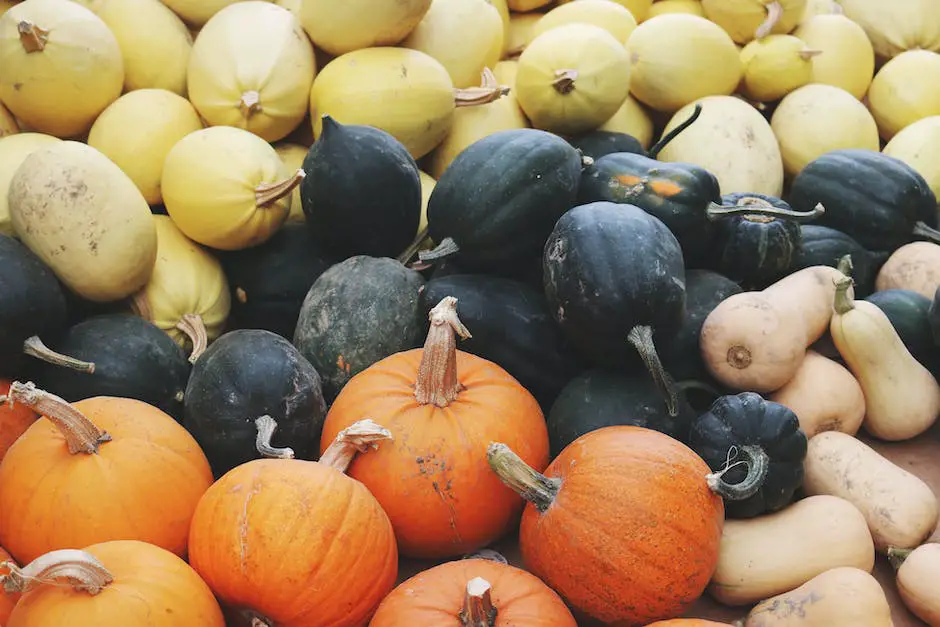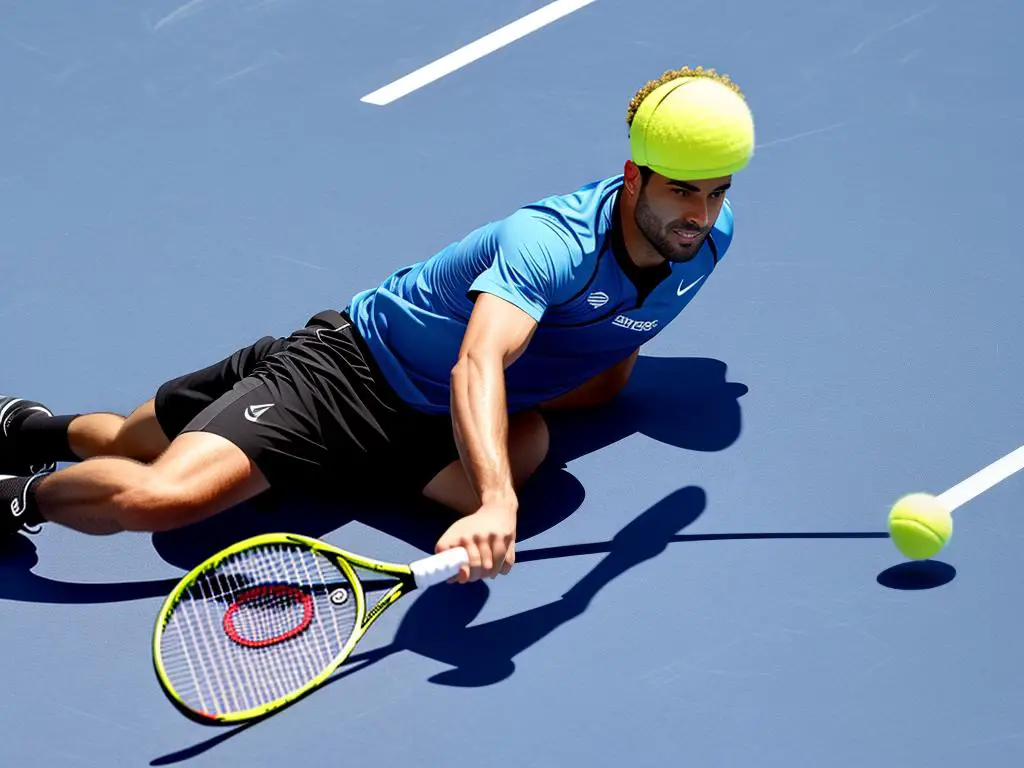Padel, propelled into the global limelight, bears a remarkable resemblance to the well-established game of squash. Tracing its roots down to the origins and subsequently its evolution, a discernible trail leads to the profound influence of squash on padel. This symbiotic relationship has sculpted several facets of the sport, from the game’s architectural design, playing strategies, to the rules governing the play. The transformative influence doesn’t end there. A seemingly intertwining story of technique and equipment transfer has breathed a new life into the game, bringing an exciting twist to the game in the realm of sports.
The Evolving Nature of Padel and Influence of Squash
Origins and Evolution of Padel
Padel, a racket sport that blends elements of tennis, squash, and badminton, originated in Mexico in 1969. The sport was invented by Enrique Corcuera, who modified the traditional tennis game to suit his small backyard. To compensate for the limited space, he created walls similar to those found in squash, which players could hit the ball against. This new variant of racket sports was quickly picked up in Spain and Argentina, and has since then seen a steady rise in popularity globally.
Influence of Squash on Padel
The influence of squash can clearly be seen in padel, primarily in its court structure and game play. Like squash, padel is typically played in enclosed courts where walls are used as part of the game. The ability to hit the ball off the wall provides a unique twist to the sport and adds an extra dimension to the game, which is a fundamental aspect of squash.
Similarly, in terms of gameplay, squash has also significantly impacted padel. The points system in padel is the same as that of squash. Beyond that, the tactical elements of shot placements and strategy used in squash have been incorporated into padel. Players use the glass walls to their advantage, striking the ball at various angles and using the surface to make it more difficult for opponents to return the shot, echoing strategies used in squash.
Rules and Strategies Adopted from Squash
Padel has adopted several rules from squash, including how points are scored and the serving technique. For instance, in both games, the server has two opportunities to serve, and points can only be scored by the individual or team that served, concepts that squash and padel share.
Furthermore, similar to squash, intelligence and strategy tend to triumph over brute strength in padel. Reading the opponent’s play, anticipating their moves, and exploiting their weaknesses are all tactics commonly employed in squash that have found themselves intensely useful in the realm of padel as well.
A Fusion of Sports: Squash and Padel
Squash and padel, two highly favored sports around the globe, share several common aspects including swift reflexes, agility, and strategic gameplay. Despite being different, padel has undoubtedly garnered influence from squash, thereby allowing its players to enhance their strategic skills and enjoy unique elements that mark padel’s charm. It’s safe to say that padel evolved under squash’s influence with respect to its enclosed court configuration and tactical style of play. Subsequently, it has surfaced as a captivating blend of conventional tennis and squash. The steadily increasing worldwide popularity of padel is indicative of the successful fusion of these sports’ attributes.

Technique and Equipment Transfer Between Squash and Padel
Transfer of Techniques and Equipment
The birth of padel can arguably be linked to a confluence of tennis and squash, absorbing elements from each to create a unique sport that’s enjoying a surge in popularity. Padel mirrors the squash’s solid walled court, whilst adopting the open court style of tennis, thus emphasizing the merging of these two incredibly popular sports. However, upon closer inspection, you’ll see that squash’s influence on padel, a fast-rising Spanish sport, is significant and goes beyond the mere structure of the court.
Squash vs Padel: An Equipment Analysis
Squash and padel, although sharing some similarities in gameplay, have very different kinds of equipment. Squash is typically played with a racquet that has a long, narrowing stem wrapped with comfortable grip and a round-shaped tightly-strung head. On the other hand, padel’s racquet is solid, perforated, and stringless with the handle being the only separated part. Interestingly, the round head design of a squash racquet appears to have influenced padel racquets. Despite a padel racquet being solid, its head is round, similar to that of a squash racquet, but without the strings. The squash ball also diverges from the padel ball, with the former being smaller, lower-bouncing, and requiring a warm-up to reach optimal playability. Padel balls, conversely, have similar characteristics to tennis balls – they are of the same size and share the same high-bounce nature.The Influence of Squash on Padel techniques
Squash’s influence on the technical aspects of padel is remarkable and most prominently seen in the use of walls. Padel, like squash, incorporates walls into their gameplay. A ball hit onto the wall is still in-play in both sports, adding to the strategic depth of the match. This feature forces players to think creatively, being aware of their court position, and attempting to manipulate their opponents’ positions by using the wall. Along with walls, squash also brought about the types of shots utilized in padel. Manipulating ball speeds, directions and spins forms the backbone of squash strategy. This has translated to padel, where a well-placed lob or a low-bouncing slice shot can put your opponents in danger. Also, like in squash, using different angles or hitting off the wall transforms your offensive stroke into a defensive one or vice versa.Conclusion
The intertwining relationship between squash and padel is pivotal in understanding the evolution of both sports. The technical facets of squash have played a substantial role in shaping padel as we know it today. From the design of the equipment to the methods of play, pieces of squash are interwoven in the framework of padel, contributing to its distinctive appeal and fast-rising popularity.

Impact of Squash on Padel Popularity
The Symbiotic Relationship: Squash and Padel
In recent years, padel and squash have made it to the international limelight as two racquet sports with close ties. While these sports are unique in their own right, they share a similar gameplay and structure that have captured the interest of the masses. Squash, valued for its pace and dexterity, has significantly influenced the development and transformation of padel. The fact that both sports offer a rich and complex experience, yet remain accessible for novices, underscores their wide-reaching appeal.
A Shift from Squash to Padel by Notable Athletes
The transition of many notable squash athletes to padel has significantly contributed to the sport’s global popularity. Padel, being relatively new, benefits from the switch of high-profile athletes who bring an established fanbase from squash. As these athletes demonstrate their prowess in a new sport, it introduces and validates padel to a broader audience.
Moreover, with these athletes bringing their squash experiences to padel, the sport has evolved. The skills and techniques acquired in squash often translate well into padel, allowing the players to offer exciting gameplay to spectators. The resulting dynamic and engaging play has inevitably attracted more fans to the sport.
The Advantage of Accessibility
Another driving force behind padel’s growing popularity is its relative accessibility compared to squash. Padel is easy to pick up even for those unfamiliar with racquet sports. The learning curve is gentler, with basic competency being achieved more quickly. This is a stark contrast to squash, which, while exhilarating and rewarding, can be intimidating for beginners due to its rapid gameplay and the high skill floor.
Padel’s accessibility extends to its infrastructure needs as well. The construction of padel courts is generally less expensive than squash courts. The smaller court size, and the use of chain-link fences in place of traditional walls, make it a more cost-effective choice for sports facilities. Thus, we have seen a surge in the construction of padel courts around the world, leading to greater visibility and accessibility, creating a positive feedback loop for the sport’s popularity.
A Boost from the Squash Community
The squash community at large also plays a pivotal role in padel’s soaring popularity. The enthusiasm within the squash community for padel is infectious and can convince more people to try out the sport. Squash clubs across the world are recognizing the potential of padel, with some even integrating padel courts onto their premises.
A Win-Win Scenario: Creating a Dynamic Sports Culture
In conclusion, the squash influence on padel’s popularity cannot be downplayed. Nonetheless, this isn’t a situation where one sport profits at another’s expense. Instead, it should be viewed as a mutually beneficial relationship. The global sports scene benefits as it becomes more dynamic, with alternative sports like padel finding space alongside traditional stalwarts like squash. With squash’s influence, padel’s increased visibility will likely continue as more individuals are introduced to this compelling sport.

As we’d envisioned earlier, the popularity surge of padel wasn’t immune to squash’s deciding effect. Crucial elements hold sway over padel’s growth, the sport’s relative accessibility, the gameplay similarity it shares with squash, and the increasing presence of professional squash players in the padel realm. The latter factor has undeniably injected a robust lease of life to the game. A rich transference of stardom augments the appeal of padel growing this nascent sport’s status in the world. The influence of squash on padel isn’t merely confined to its game strategy or court design, but also in their confluence, a new sporting culture is on the rise.